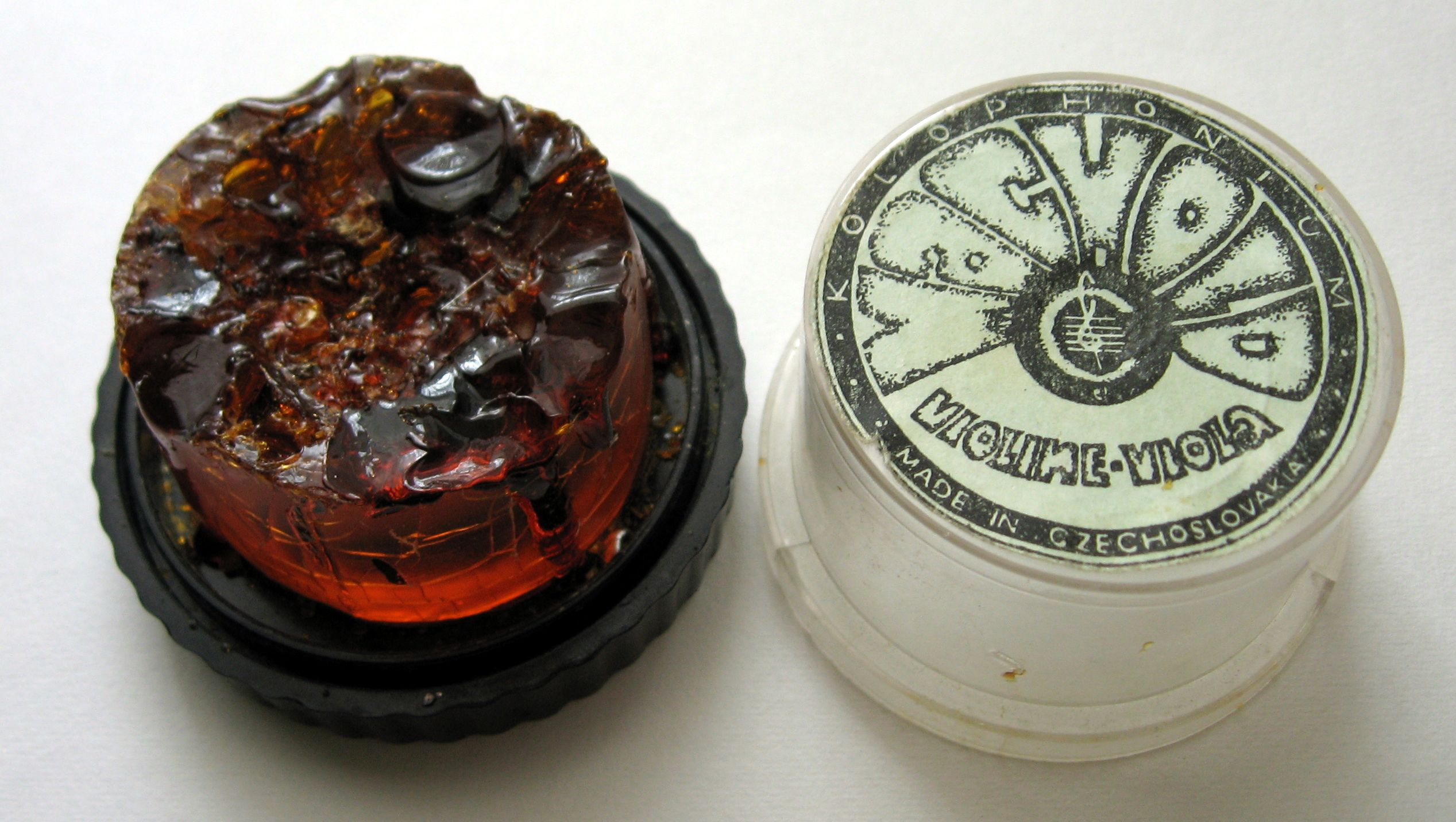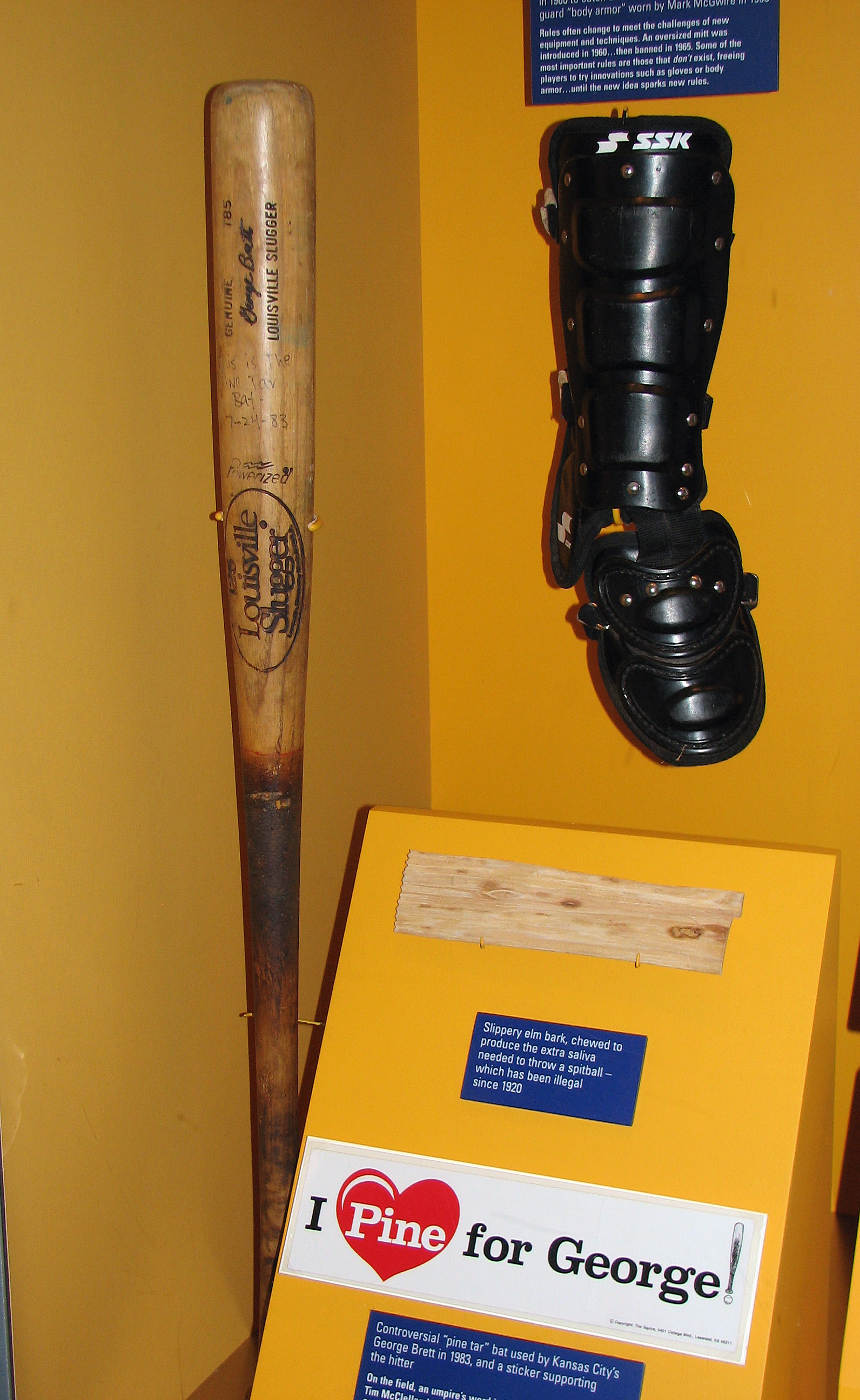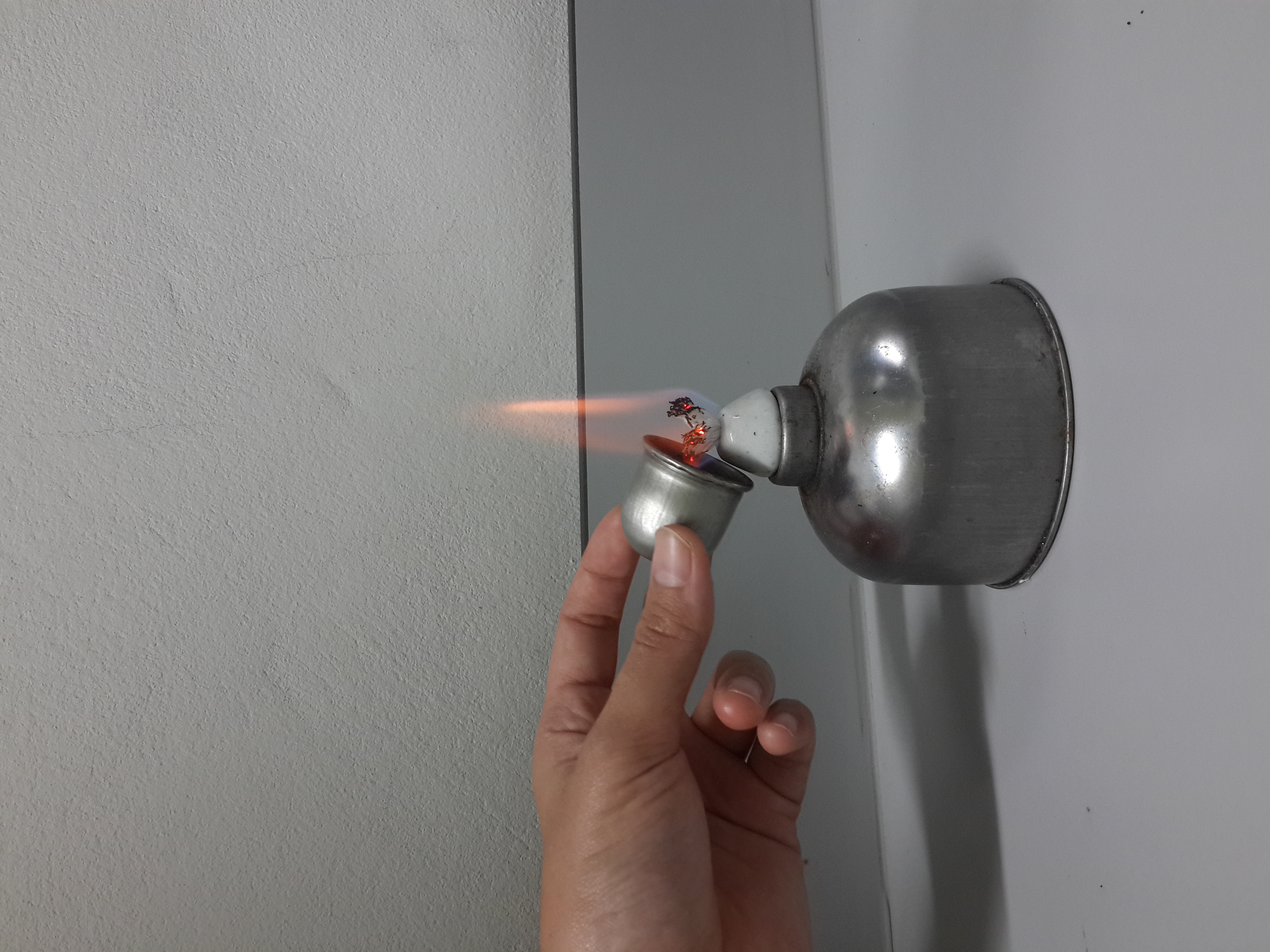|
Chatterton's Compound
Chatterton’s compound is an adhesive waterproof insulating compound that was used in early submarine telegraph cables. It was patented in 1859 by John Chatterton and Willoughby Smith. Its constitution is as follows: *3 parts gutta-percha *1 part rosin *1 part Stockholm tar Chatterton's Compound was also used to stick insulating paper to armatures, for example those on Synchronome clocks, which were the most accurate clocks made in the early part of the 20th century. If the paper appeared to be in bad condition it could be removed by warming up the armature near a flame and replacing it. Chatterton's Compound was used in the manufacture of pneumatic pipe organs to seal lead tubing into wooden blocks for the pneumatic action, or, particularly in the UK, to affix reed weights to the reed tongues. It is still used in historical restoration jobs for this purpose but has been replaced with modern materials on more recent builds. Chatterton's Compound was much used by submari ... [...More Info...] [...Related Items...] OR: [Wikipedia] [Google] [Baidu] |
Electrical Insulation
An electrical insulator is a material in which electric current does not flow freely. The atoms of the insulator have tightly bound electrons which cannot readily move. Other materials—semiconductors and conductors—conduct electric current more easily. The property that distinguishes an insulator is its resistivity; insulators have higher resistivity than semiconductors or conductors. The most common examples are non-metals. A perfect insulator does not exist because even insulators contain small numbers of mobile charges ( charge carriers) which can carry current. In addition, all insulators become electrically conductive when a sufficiently large voltage is applied that the electric field tears electrons away from the atoms. This is known as the breakdown voltage of an insulator. Some materials such as glass, paper and PTFE, which have high resistivity, are very good electrical insulators. A much larger class of materials, even though they may have lower bulk resist ... [...More Info...] [...Related Items...] OR: [Wikipedia] [Google] [Baidu] |
Submarine Telegraph Cable
A submarine communications cable is a cable laid on the sea bed between land-based stations to carry telecommunication signals across stretches of ocean and sea. The first submarine communications cables laid beginning in the 1850s carried telegraphy traffic, establishing the first instant telecommunications links between continents, such as the first transatlantic telegraph cable which became operational on 16 August 1858. Subsequent generations of cables carried telephone traffic, then data communications traffic. Modern cables use optical fibre technology to carry digital data, which includes telephone, Internet and private data traffic. Modern cables are typically about in diameter and weigh around for the deep-sea sections which comprise the majority of the run, although larger and heavier cables are used for shallow-water sections near shore. Submarine cables first connected all the world's continents (except Antarctica) when Java was connected to Darwin, Northern Te ... [...More Info...] [...Related Items...] OR: [Wikipedia] [Google] [Baidu] |
Gutta-percha
Gutta-percha is a tree of the genus '' Palaquium'' in the family Sapotaceae. The name also refers to the rigid, naturally biologically inert, resilient, electrically nonconductive, thermoplastic latex derived from the tree, particularly from '' Palaquium gutta''; it is a polymer of isoprene which forms a rubber-like elastomer. The word "gutta-percha" comes from the plant's name in Malay: ''getah'' translates as " latex". ''Percha'' or ''perca'' is an older name for Sumatra. Description ''P. gutta'' trees are tall and up to in trunk diameter. The leaves are evergreen, alternate or spirally arranged, simple, entire, long, glossy green above, and often yellow or glaucous below. The flowers are produced in small clusters along the stems, each flower with a white corolla with four to seven (mostly six) acute lobes. The fruit is an ovoid berry, containing one to four seeds; in many species, the fruit is edible. In Australia, gutta-percha is a common name specifically use ... [...More Info...] [...Related Items...] OR: [Wikipedia] [Google] [Baidu] |
Rosin
Rosin (), also called colophony or Greek pitch ( la, links=no, pix graeca), is a solid form of resin obtained from pines and some other plants, mostly conifers, produced by heating fresh liquid resin to vaporize the volatile liquid terpene components. It is semi-transparent and varies in color from yellow to black. At room temperature rosin is brittle, but it melts at stove-top temperature. It chiefly consists of various resin acids, especially abietic acid. The term ''colophony'' comes from , Latin for "resin from Colophon" ( grc, Κολοφωνία ῥητίνη, Kolophōnia rhētinē), an ancient Ionic city. Properties Rosin is brittle and friable, with a faint piny odor. It is typically a glassy solid, though some rosins will form crystals, especially when brought into solution. The practical melting point varies with different specimens, some being semi-fluid at the temperature of boiling water, others melting at 100 °C to 120 °C. It is very flammable, ... [...More Info...] [...Related Items...] OR: [Wikipedia] [Google] [Baidu] |
Pine Tar
Pine tar is a form of wood tar produced by the high temperature carbonization of pine wood in anoxic conditions (dry distillation or destructive distillation). The wood is rapidly decomposed by applying heat and pressure in a closed container; the primary resulting products are charcoal and pine tar. Pine tar consists primarily of aromatic hydrocarbons, tar acids, and tar bases. Components of tar vary according to the pyrolytic process (e.g. method, duration, temperature) and origin of the wood (e.g. age of pine trees, type of soil, and moisture conditions during tree growth). The choice of wood, design of kiln, burning, and collection of the tar can vary. Only pine stumps and roots are used in the traditional production of pine tar. Pine tar has a long history as a wood preservative, as a wood sealant for maritime use, in roofing construction and maintenance, in soaps, and in the treatment of carbuncles and skin diseases, such as psoriasis, eczema, and rosacea. It is used ... [...More Info...] [...Related Items...] OR: [Wikipedia] [Google] [Baidu] |
Alcohol Burner
An alcohol burner or spirit lamp is a piece of laboratory equipment used to produce an open flame. It can be made from brass, glass, stainless steel or aluminium. Uses Alcohol burners are preferred for some uses over Bunsen burners for safety purposes, and in laboratories where natural gas is not available. Their flame is limited to approximately 5 centimeters (two inches) in height, with a comparatively lower temperature than the gas flame of the Bunsen burner. While they do not produce flames as hot as other types of burners, they are sufficiently hot for performing some chemistries, standard microbiology laboratory procedures, and can be used for flame sterilization of other laboratory equipment. Operation Typical fuel is denatured alcohol, methanol, or isopropanol. A cap is used as a snuffer for extinguishing the flame. See also * Bunsen burner * Heating mantle * Beverage-can stove * Portable stove A portable stove is a cooking stove specially designed to be porta ... [...More Info...] [...Related Items...] OR: [Wikipedia] [Google] [Baidu] |
Electrical Tape
Electrical tape (or insulating tape) is a type of pressure-sensitive tape used to insulate electrical wires and other materials that conduct electricity. It can be made of many plastics, but PVC (polyvinyl chloride, "vinyl") is most popular, as it stretches well and gives an effective and long lasting insulation. Electrical tape for class H insulation is made of fiberglass cloth. Varieties A wide variety of electrical tapes is available, some for highly specialized purposes. "The primary tapes used in electrical applications are vinyl, rubber, mastic, and varnished cambric."Bob Goodman and Rodney G. Brown (3M).Electrical Taping Skills: A Lost Art?, ''EC&M'', p.2. Electricians generally use only white transparent tape for insulation purposes. The other colors are used to indicate the voltage level and phase of the wire (colored tape sometimes is called "phasing tape"). This is done on large wire which is available only in black insulation. When wires are phased, a ring of t ... [...More Info...] [...Related Items...] OR: [Wikipedia] [Google] [Baidu] |




